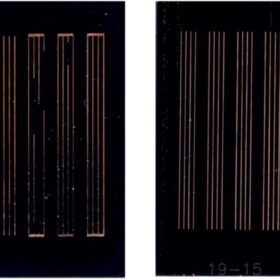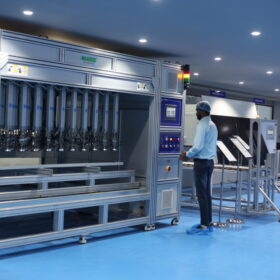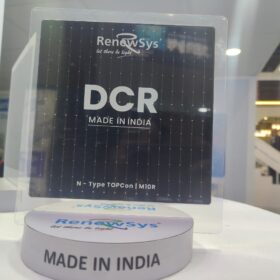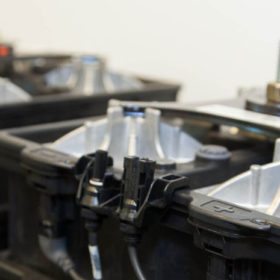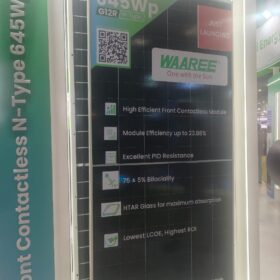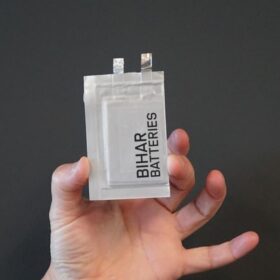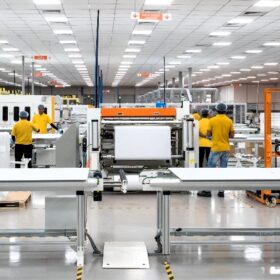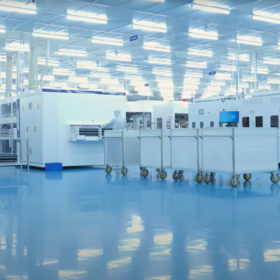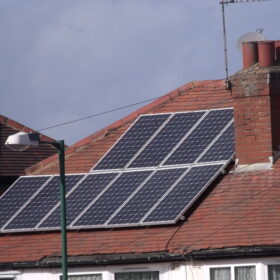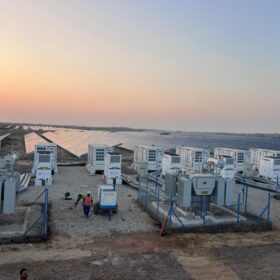Fraunhofer ISE builds first perovskite-silicon tandem solar cell with copper metallization
Using the mask-and-plate copper metallization technique, scientists at the German research center fabricated a 1.21 cm² perovskite–silicon tandem solar cell featuring a heterojunction bottom device. The cell achieved an efficiency of 19.35%, reportedly the highest value reached to date for this cell type using galvanic front metallization.
From waste to resource: Recovering critical minerals for solar and EV batteries
As India ramps up solar installations and EV deployments, the volume of end-of-life components will grow rapidly. If these are treated simply as waste, we create new environmental burdens and miss a chance to recover value. If, instead, they are viewed as sources of supply, they become part of the solution.
Waaree Energies secures 360 MW solar module order
Waaree Energies has won an order for supply of 360 MW solar modules from a domestic developer and owner-operator of utility scale solar and energy storage projects.
RenewSys launches DCR TOPCon solar cells at REI 2025
RenewSys India unveiled its M10R n-type TOPCon solar cells at the Renewable Energy India (REI) Expo 2025 in Greater Noida.
What will help India to reduce the $2 billion battery import bill?
India’s Production-Linked Incentive (PLI) programme for cell manufacturing has attracted investment into gigafactories and electrode production, but local manufacturing can only succeed if it has access to steady, domestic mineral feedstock. Recovered materials from end-of-life batteries can supply a meaningful share of that requirement, provided there is strong collection infrastructure, organised supply aggregation, and investment in processing technologies.
Waaree unveils 645 Wp TOPCon G12R front contactless solar module with 23.88% efficiency
Waaree Energies has unveiled its TEJOMAY series n-type TOPCon dual-glass back-contact module with 645 Wp power output and 23.88% efficiency.
ReNew H1 net profit jumps 84% YoY
ReNew Energy Global Plc has reported a total Income (or total revenue) of $898 million for H1 FY26, a 45.7% increase YoY. Net profit surged 83.3% YoY to $110 million, driven by the company’s expanding operational RE capacity and solar manufacturing capacities.
Bihar Batteries to commercialize sodium-ion batteries in 2026
The company has produced its first sodium-ion battery prototype and, in collaboration with Spanish research institute CIC energiGUNE, developed sodium-ion cell prototypes that have shown “very promising results.”
Solex Energy H1 revenue up 51.6% YoY
Solex Energy has reported a revenue of INR 4,157 million in the first half of FY26, 51.6% up year-on-year. Profit after tax (PAT) surged 133.2% YoY to INR 305 million.
Emmvee’s INR 2,900-crore IPO to open on Nov. 11
The IPO comprises a fresh issue of shares worth INR 2,143.86 crore and an offer for sale (OFS) of shares valued INR 756.14 crore by promoters. The price band is set between INR 206 and INR 217 per share.
